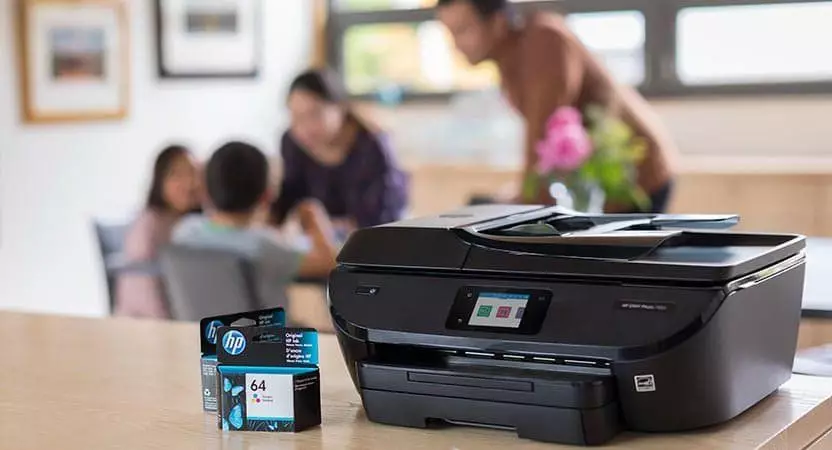In a move that has frustrated many consumers, HP introduced a “dynamic security” feature designed to restrict the use of non-HP ink and toner cartridges in several of their printer models. This was done ostensibly to safeguard quality and ensure that users received optimal performance from their printers. However, many users feel duped, having purchased printers that previously allowed third-party supplies, only to find that a firmware update altered the landscape of their printing experience, limiting their choices and potentially increasing their costs.
The controversy came to a head with a class-action lawsuit, rallying customers who felt wronged by HP’s unilateral decision to enforce such a security measure without proper authorization. As the digital age advances, concerns about consumer freedom and the right to choose compatible products are more relevant than ever, making this case particularly compelling.
The Class-Action Lawsuit Against HP
The catalyst for this legal battle was a firmware update that rolled out in November 2020, effectively locking out a significant number of printers from using aftermarket ink and toner cartridges. The lawsuit, spanning several claims, argued that HP’s actions amounted to coercive practices that forced consumers to rely exclusively on HP’s products. According to the lawsuit, this firmware update acted as a form of malware, infecting printers with restrictions that transformed them into devices that could only use HP-sanctioned supplies.
The proposed settlement, which emerged in August 2024, raised eyebrows not only for its terms but also for HP’s lack of admission of wrongdoing. Critics have pointed out that the company’s stance undermines the rights of consumers and fails to acknowledge the broader implications of its actions. While some users now have the option to decline the “dynamic security” updates on certain models, it doesn’t erase the fact that many users were affected and had their choices stripped away without prior consent.
Injustice Served? The Settlement Outcomes
Under the settlements, two main representatives of the lawsuit were offered $5,000 each, presumably as a means to compensate them for their advocacy on behalf of the affected classes. While this might seem like a gesture of goodwill, the compensation starkly contrasts with the dilemma many consumers face: an alleged infringement on their rights to choose how they manage their printing needs. Consumers have expressed concern that the settlement does little to rectify the inconvenience caused by the forced restrictions, raising questions about whether any meaningful change will come from such a decision.
Moreover, the settlement leaves many printers still susceptible to future dynamic security measures, as only older models and select devices could opt out of the controversial update. It presents a disconcerting scenario for consumers who must now remain vigilant when considering new HP products, due to the company’s shifting policy regarding printer compatibility.
A Wake-Up Call for Consumers and Manufacturers
HP’s strategy to push its subscription model—potentially rendering a traditional ownership structure archaic—has stirred up a fundamental debate about consumer rights in a technology-driven age. The introduction of such restrictive measures has prompted a call to action for consumers to demand transparency and respect from manufacturers.
As HP continues down the path of subscription services and proprietary controls, a spotlight has been cast on similar practices across the tech industry. Consumers are learning to question and challenge such measures, advocating for their right to choose how they manage their devices. The balance of power between consumers and corporations is pivotal, and stories like HP’s providing consumers the impetus to seek companies that respect their autonomy and purchasing freedom.
The Future of Printing: Consumer Empowerment
Looking ahead, these developments in the printer industry underscore a significant turning point not just for HP, but for technological corporations as a whole. With the rise of alternatives—such as independent ink manufacturers and open-source solutions—consumers now have the tools to push back against restrictive practices. The landscape of printing, once dominated by major brands, is ripe for competitive disruption, driven by informed consumers who refuse to accept limitations on their choice.
Indeed, the outcome of this case serves as an example that highlights the importance of consumer advocacy as well as the capacity for change in the tech world. If consumers stand united against unfair practices, companies will have no choice but to adopt policies that prioritize consumer freedom over proprietary control, leading to an ecosystem where choice and quality coexist harmoniously.

